Lily "Marlene": description of the variety, planting, care and breeding options
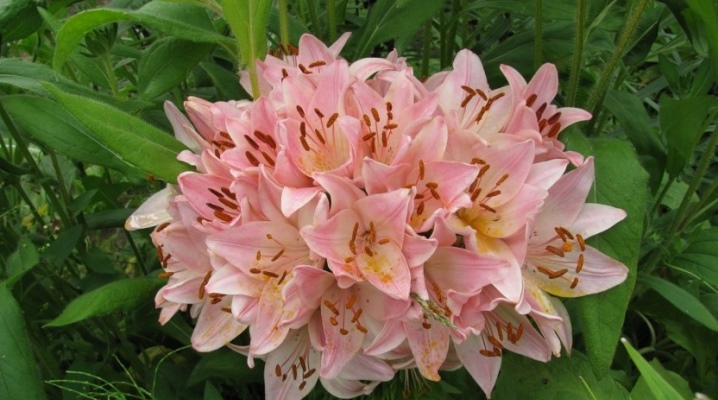
Flowers are the best decoration for any suburban area. Lilies are especially popular with gardeners. The refinement of delicate colors leaves no one indifferent. In addition, today more than 1000 varieties of this wonderful culture have already been bred, which makes it possible for everyone to choose an option to their liking. For example, the lily "Marlene", which will be discussed in the article, looks spectacular. Everyone can grow such a flower, you just need to familiarize yourself with the features of its planting and care.
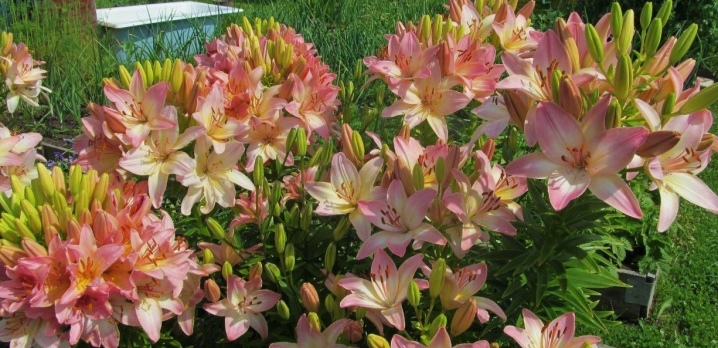
Description
This variety is an interesting hybrid that appeared as a result of crossing the longflorum with the Asiatic lily. Marlene's merits are numerous. She begins to delight with flowering early, easily tolerates any weather, including cold. Also, the plant is odorless. This is a very important point, because many are scared off by the sharp scent of lilies, which can cause allergies. The same flower can be safely grown without fear for your health.
But the most important thing is the luxurious appearance of the culture, which makes it the pride of the gardener... The fact is that this variety has a tendency to a unique mutation. At an early stage of culture development, several stems may grow together into a single green trunk.
Thanks to this, up to hundreds of flowers can appear on one plant, forming a lush cap.
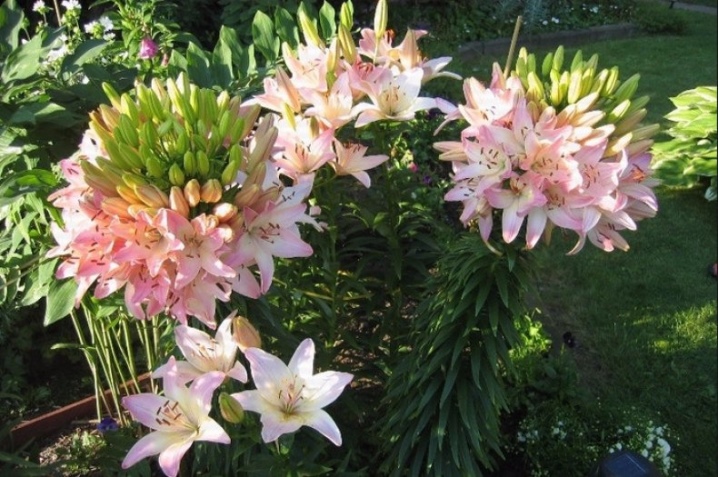
It is worth noting that the multifloral nature does not always appear in the first year of flowering. Often, an unusual phenomenon can be seen only in the second or third year of the flower's life. However, this does not make Marlene any less desirable purchase for ornamental plant lovers. Even single flowers are beautiful and expressive.
The average height of a hybrid lily is 1 meter. The stem is covered with long, pointed leaves of a traditional shape. The roots of spherical plants are bulbous, making reproduction quite simple. The color of the petals is pale pink (paler at the center, more saturated at the edges). This variety cannot have any other color. The diameter of one flower is about 20 cm.
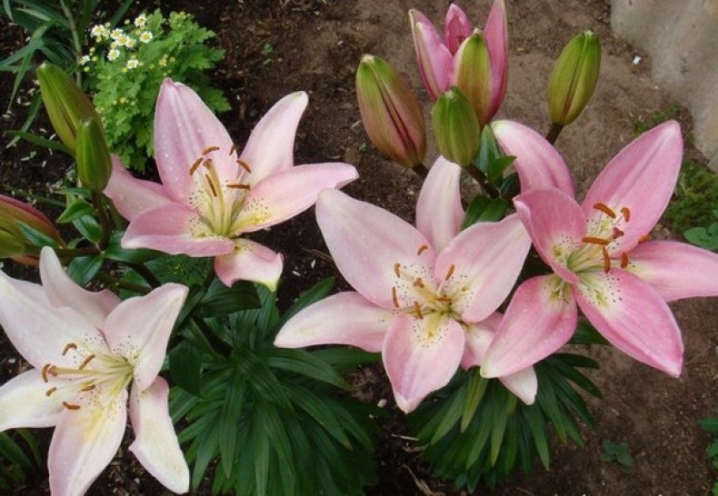
Bloom
The multi-flowered hybrid belongs to the early varieties. From the moment the first shoots appear until the transformation of the plant into a flowering culture, very little time passes. After 80 days, you can already enjoy the beauty of the opened buds. It is noteworthy that if you wish, you can adjust the flowering time... This moment is highly appreciated by those who grow lilies for the sale of bouquets. For example, in August there is an influx of orders for weddings. If the lilies are not yet ready to bloom, you just need to increase the watering and brighten the lighting.
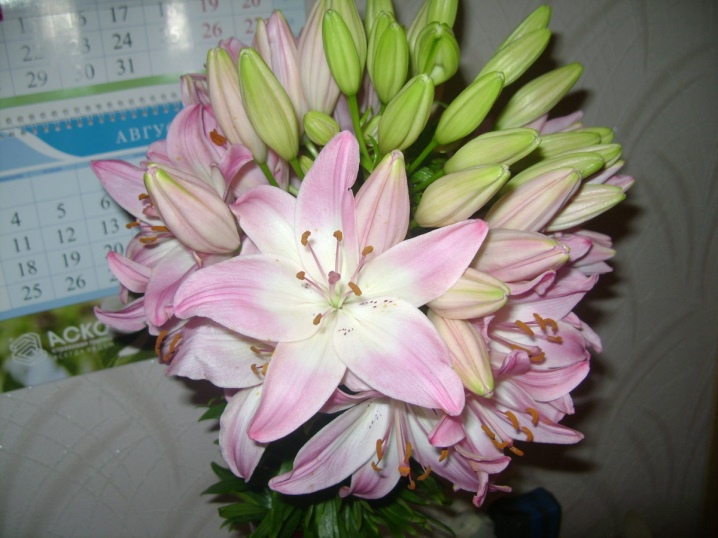
If you need to delay flowering, you should artificially reduce the temperature level of the room in which the plants are standing. You can simply rearrange the flowers to a different, colder place. In any case, the bud formation process will stop. The very first flowers often disappoint gardeners. They are not large in size and have a pale appearance. But if you have patience, in the second year you can already admire the luxurious large inflorescences.
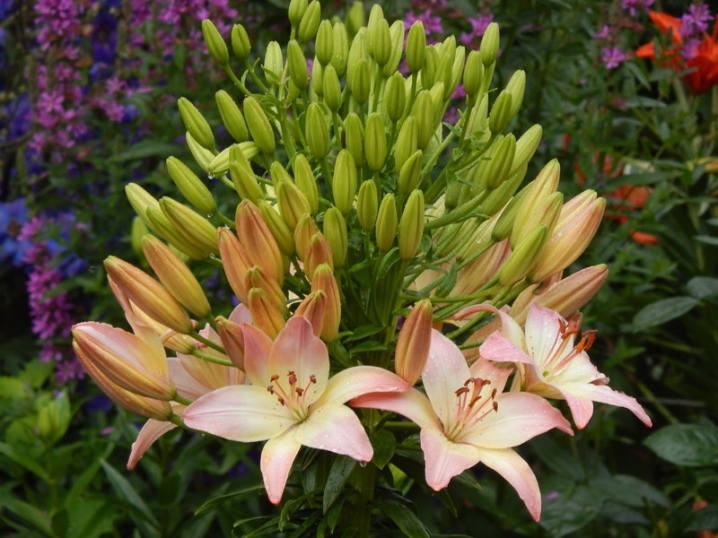
Landing rules
"Marlene" can be grown both on a personal plot and indoors. Although it should be borne in mind that it will not be possible to achieve multifloral at home. In any of the options, a bulb is required for planting. It is better to plant a flower in the middle or late spring. It is worth choosing a place that is protected from the winds, but well lit. At home, you can plant a plant in the fall. In this case, you will have beautiful fresh flowers for the New Year. If the bulb is immersed in the soil in winter, it will bloom in the spring.

To "wake up" the planting material, you should place it in the refrigerator for 2-3 weeks. Then the bulbs are soaked in a light manganese solution. Enough 2 hours. After that, you can start planting. The depth of the well is chosen depending on the size of the bulb. Large specimens are buried by 20-25 cm. Small ones - by 10 cm. If you take a container with a diameter of 35 cm, you can plant several bulbs in it at once. The main thing is to retreat 5-7 cm from the edge. The distance between the bulbs should be 4-5 cm. You can also plant in open ground.
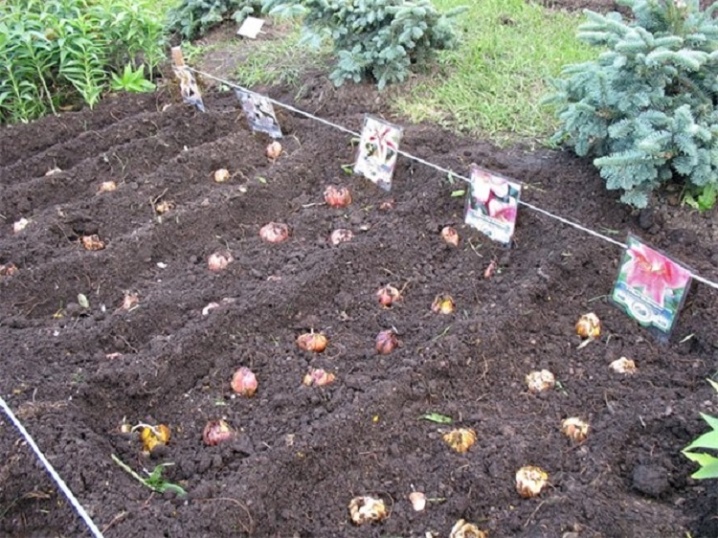
Any soil is suitable for such lilies, except clay. Before placing the planting material in the ground, a little peat, sand and humus should be added. The bulbs are placed in the soil, sprouts upwards. Then they are covered with earth. The top layer should be drainage (broken brick, pebbles, etc.). It is important not to forget to loosen the soil after planting in order to ensure the flow of oxygen to the plants. You should also water the ground.
If growing at home, the pot is taken to a cool place. There he should stand for about a month. You do not need to cover the planted lilies with glass or foil. It is enough to water them as needed. When sprouts appear, the container is transferred to a bright room.
The temperature in it should be kept at the level of 14-16 degrees.

Reproduction methods
Marlene can be left in one place for about 5 years. Then a decrease in the height of the peduncle begins to be observed. The number of buds is also decreasing. This indicates the depletion of the plant. Daughter bulbs can also press on the root. To remedy the situation, young bulbs should be planted in other areas.
You need to dig up the bulbs in the fall. They are thoroughly washed, small elements are disconnected. After that, the planting material is sorted and dipped into a manganese solution. Then it is dried and left until spring. Another breeding method is using the scales of an adult bulb.

Care features
Lily "Marlene" is unpretentious. However, favorable conditions for good growth and full development still need to be created. As already said, the flower should be in a well-lit place... However, it should not fall under the scorching sun. Consider this when planting in open ground and when placing the pot at home.
Watering should be moderate. Young plants (in the first year of life) should be watered every 3 days. Adult flowers require even less moisture - 1-2 times a week is enough. On very hot days, you can water the crop every other day. To do this, use good clean water from a well. The tap liquid must be defended. Water should penetrate to a depth of about 20 cm. More superficial watering will not be sufficient, however, and it is not worth pouring the flower.
Since the lily is an Asian culture, it loves humid air. Therefore, with a lack of this indicator, it is advisable to spray the leaves from a spray bottle. Culture also needs fresh air.
For indoor cultivation, daily long airing is required.

You need to fertilize the culture several times. The first feeding is done immediately after the entrances appear. During this period, the soil is enriched with nitrogen. The second time the flower is fertilized after the buds appear. A complex fertilizer is used. After the end of flowering, drugs with phosphorus and potassium are used.
A good solution would be to add wood ash to the soil. This is done at the rate of 100 grams per square meter. The frequency of the procedure is 3 times a season. This has a stimulating effect on flowering and also makes the color of the petals more intense.
It is also useful to use growth stimulants in conjunction with liquid fertilizers rich in trace elements.Treatment begins at the beginning of bud formation. With a frequency of once every 10 days, the procedure is repeated until the very beginning of flowering.
It is better to forget about organic fertilizers. They are contraindicated for lilies.
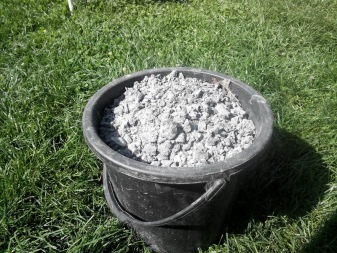
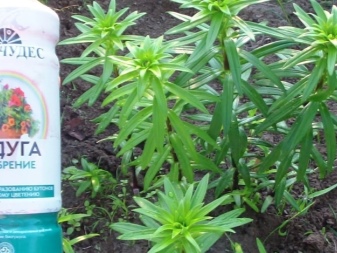
Loosening is an important process. It must be carried out regularly, regardless of the age of the plant. The use of mulching is desirable. This avoids drying out and overheating of the roots. In autumn, the stem should be shortened, leaving 7-8 cm. Shelter of the flower for the winter is not required. You can only mulch the plant with leaves, sawdust.
Diseases and pests
The hybrid is susceptible to several diseases.
- Gray rot. The ailment can be recognized by brown spots appearing on the stem. You can deal with the problem by spraying the plant with Bordeaux liquid. Hom and Oxyhom also help. For prevention in the rain (in cool weather), the flower can be covered with foil.


- Fusarium. This nuisance is expressed in the rotting of the bulb. To prevent this, it is important to follow the rules for storing the bulbs before planting, not to neglect their disinfection.
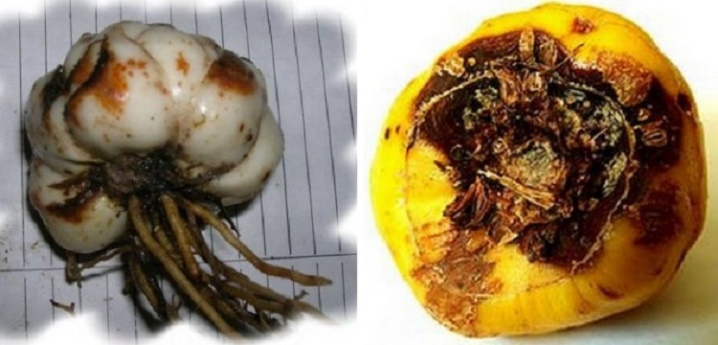
- Rust. This is a disease of leaves and stems. As a result, they dry up. All diseased parts of the plant are immediately removed and burned. The remaining elements are treated with fungicidal preparations.

As for pests, the lily beetle, onion and spider mites, and aphids are especially dangerous. They should be treated with insecticides. For example, Actellik, Fitoverm and other similar products are suitable.
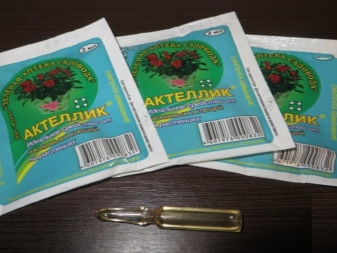
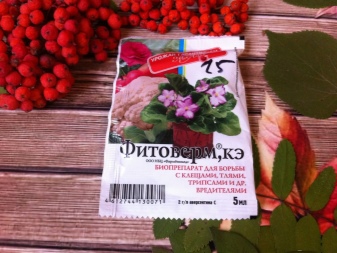
Review overview
Florists are delighted with the Marlene lily. Judging by the reviews, the culture is really unpretentious, it feels great both in the open field and at home. In the first year, the flowers are not very expressive, but in the second year the plant already pleases the eye with lush flowering. The decorative qualities of the lily are beyond praise. Even if it is impossible to achieve multi-floweredness, the plant looks sophisticated and "expensive".
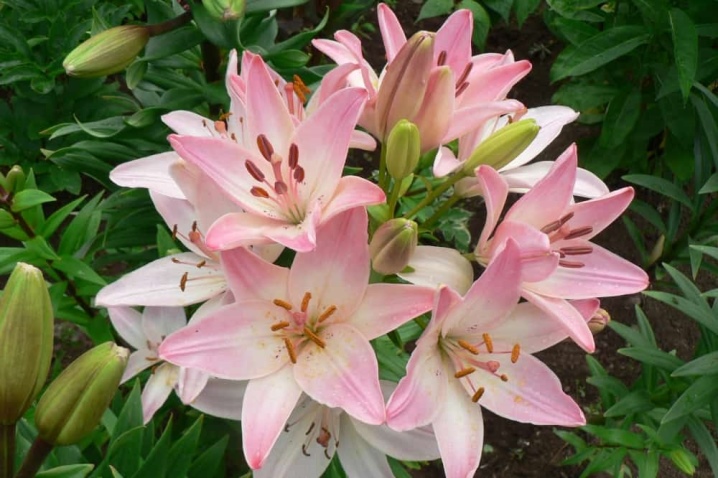
Examples in landscape design
The exotic Asian flower is often grown for delicate bouquets. However, the plant looks incredibly beautiful in the garden. You can plant "Marlene" next to lilies of other shades, creating a harmonious composition. You can surround it with other flowers or luscious greenery. Even as an independent element, the flower will look great and will become a real decoration of the site.
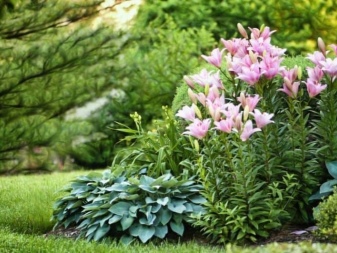

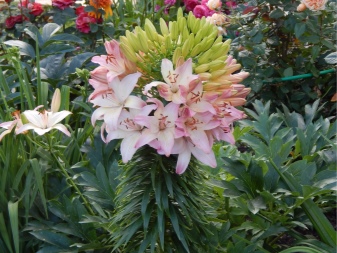
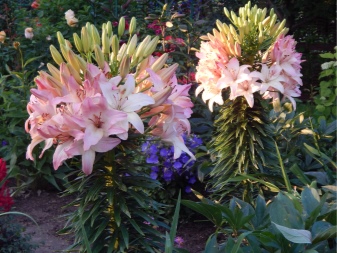
For tips on the care and rotation of Marlene lilies, see the video below.







































































































The comment was sent successfully.